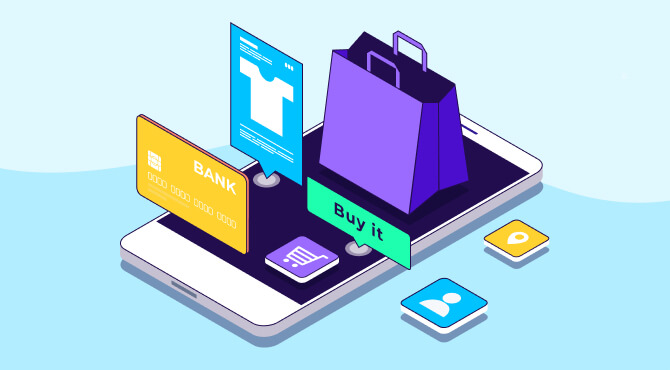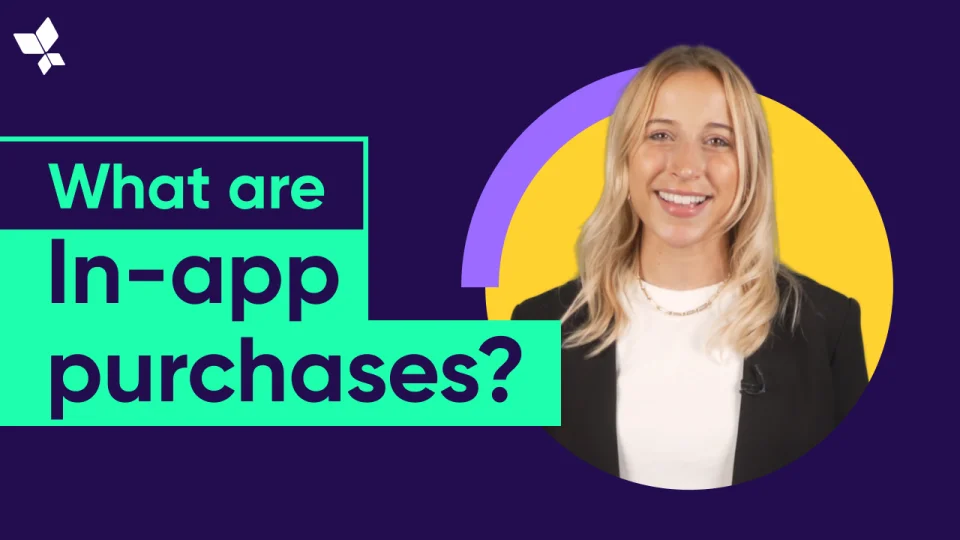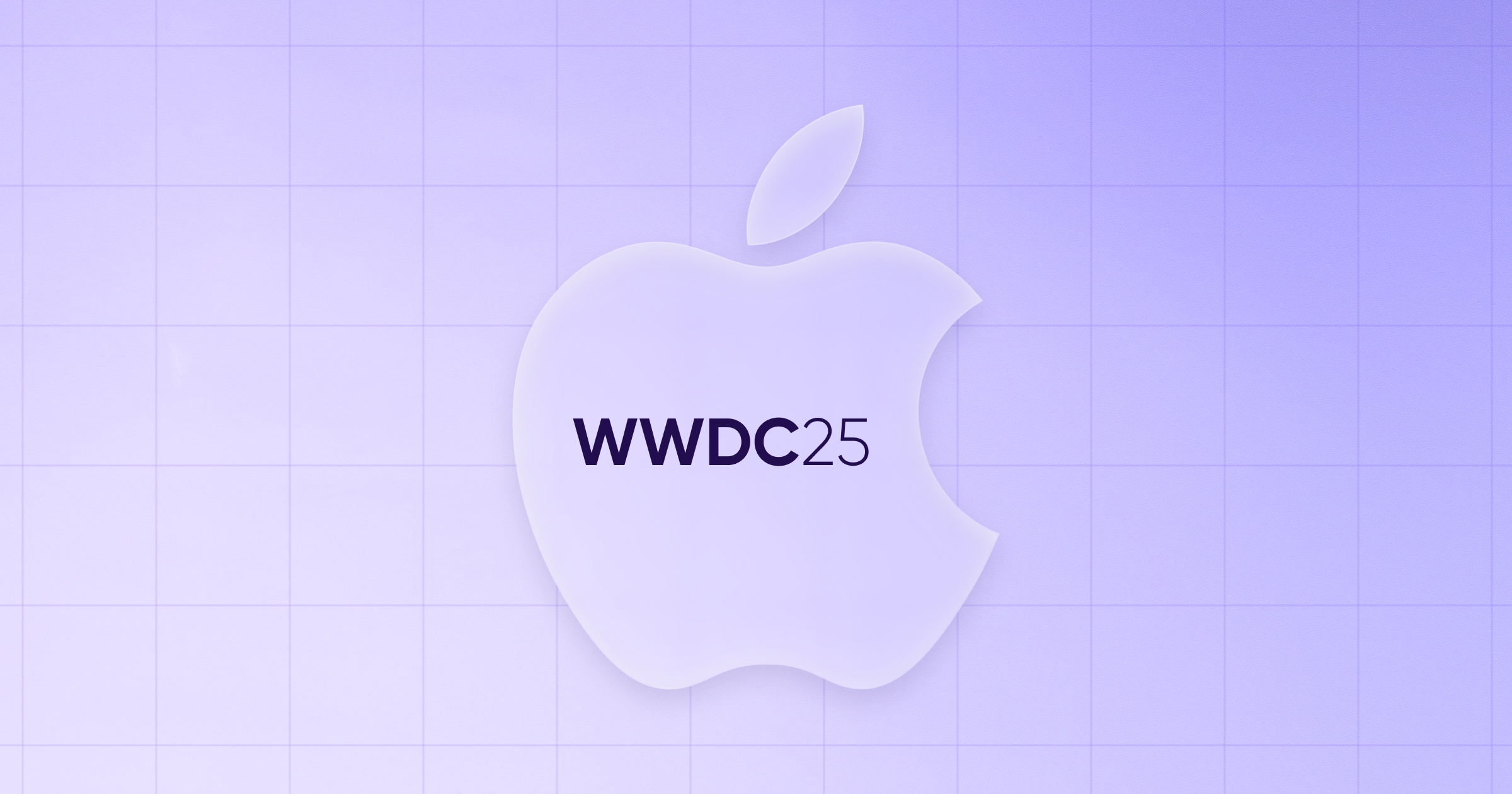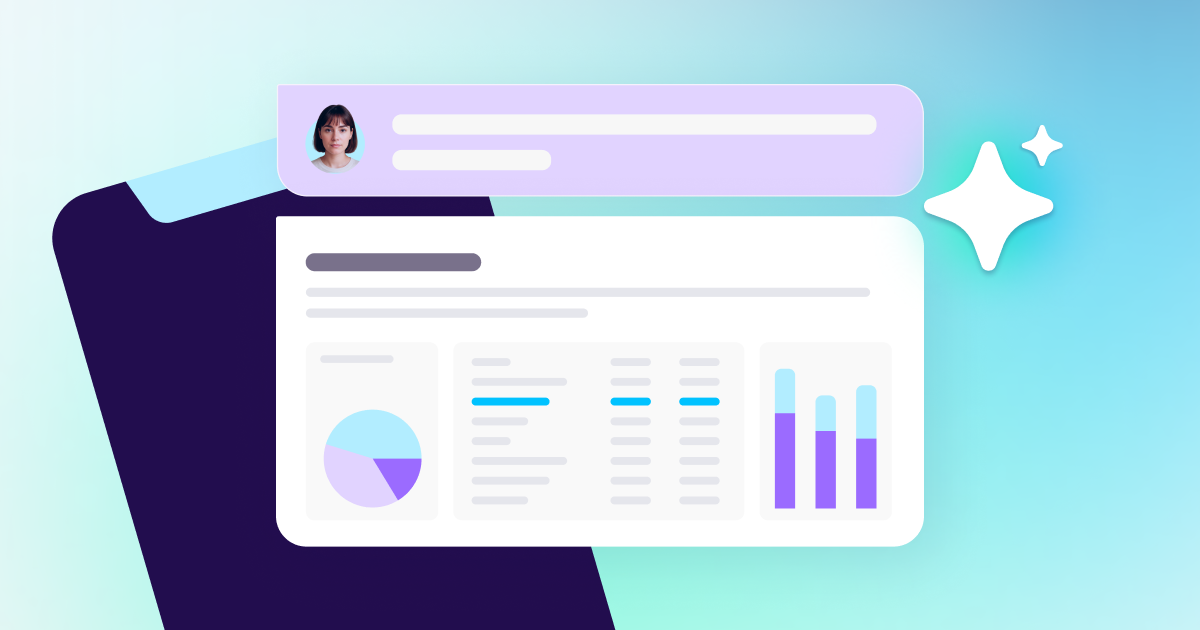
In-app purchase (IAP)
In-app purchases (IAP) are things you can buy within a mobile app, including extra content, goods, or subscription services.
What does in-app purchase mean?
In-app purchases (IAPs) allow users to buy consumable items, non-consumable items, and subscriptions within an app. These purchases are made through the relevant app store or another payment system, using real money (as opposed to in-app currency or rewards).
With most apps now free to download, app owners rely on in-app purchases as a key revenue stream. In fact, a data.ai report showed that global consumer spending in apps was on track to reach $33.9 billion in Q1 2023. And, while IAP revenues are still only around half those from in-app advertising, they can make a big difference to your bottom line.
Types of in-app purchases
There are four types of IAPs. Let’s discuss them in more detail.
Consumables
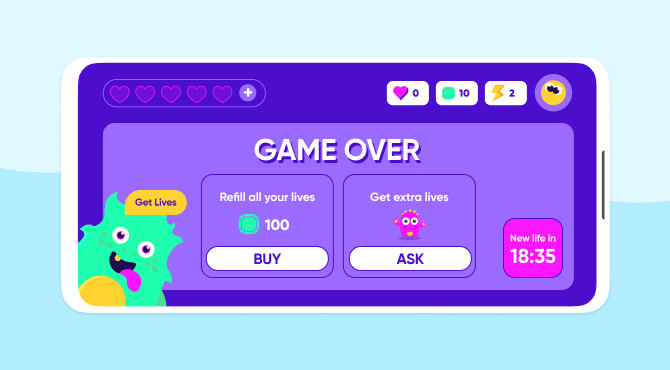
Consumables are products that can be used (‘consumed’) once and then repurchased multiple times.
Examples: In gaming, consumables often take the form of extra lives, or in-app currency like tokens. In a dating app, you might buy extra swipes or a profile boost, while eCommerce apps let you order physical items.
Non-consumables
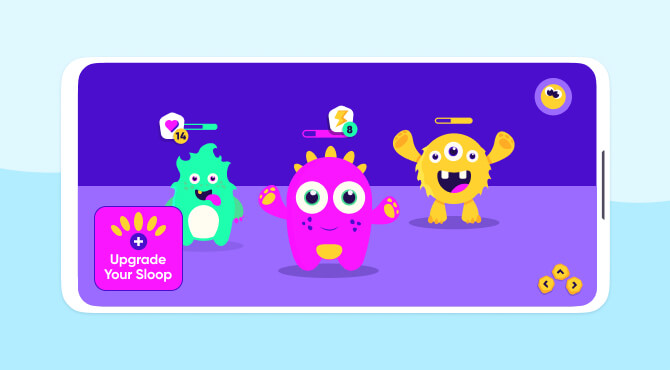
Non-consumables are products that are purchased once, have no expiry date, and remain permanently available within your app.
Examples: In gaming, non-consumables could include unlocking a new level, or buying specific features like new tyres for your racing car. Other examples could be an ebook on your Kindle app, or a bundle of workout videos on a fitness app.
Auto-renewal subscriptions
Auto-renewal subscriptions are products or services that you pay for on a recurring basis. Developers love these, as they guarantee a steady income stream.
Examples: Streaming services like Netflix and Spotify operate auto-renewal subscriptions. Other examples include popular meditation apps, or storage allowances from Apple or Google.
Non auto-renewal subscriptions
Non auto-renewal subscriptions are those that run for a fixed period of time, after which you can choose to manually renew. Often, these last longer and cost more than auto-renewal subscriptions.
Examples: Non auto-renewal subscriptions are sometimes used for magazines (print or digital), physical products (for example, three months of wine or coffee deliveries), or streaming access for specific sporting events.
Show me the money! Your definitive guide to app conversions
Pros and cons
In-app purchases offer a number of benefits for both app developers and users. For example:
- Increased revenue: With 97% of Android apps and over 92% of iOS apps free to download, developers need new ways to make money: IAP can help plug that gap.
- An alternative (or complement) to ads: In-app advertising (IAA) is another revenue option, but can be expensive. What’s more, users can easily ignore or even block your ads. In-app purchases, on the other hand, allow them to buy something they actually want. For the best of both worlds, you can offer an ad-supported version with the option to upgrade to ad-free.
- Improved engagement and loyalty: IAP gives users options to customize their app experience to their needs and preferences — making your app more appealing to use. Moreover, a paying user will want to get their money’s worth through regular usage.
- Customer insight: Purchase data gives you insights into what customers value, how much they’re willing to pay, and how you can enhance the user experience.
- Ease of payment: Not only does the technology make it simple for users to buy items in-app, but these kinds of small purchases often feel more manageable than a larger, riskier outlay.
However, in-app purchases also have some challenges you should be aware of:
- Limited user base: Typically, only a small proportion of users (some say as little as 5%) will make in-app purchases. And, as purchases are often of low value, they can take a while to add up.
- Finding the right balance: It can take some trial and error to work out what benefits to offer, how much to charge, and when to approach users (too early in their journey and they might feel harassed, too late and they’ve lost interest).
- Security issues: Easy payments can also allow for accidental or fraudulent purchases. Be sure your system is secure, you’re monitoring all payments, and you have the resources to resolve any problems fast.
Payment mechanisms
There are three ways to make in-app purchases.
1. Via your app store (Apple App Store or Google Play)
With this method, you connect your credit card to the app store, enabling you to make purchases within the app at the click of a button. The payment is made through the app store’s payment system.
Note that both Apple and Google charge a commission to the app owner:
- On Apple, you’ll pay 30% on every in-app transaction (but there’s no commission on physical purchases, such as ordering a taxi or a pizza). For subscriptions, you’ll pay 30% the first year, reducing to 15% after that.
- On Google, you’ll pay 15% on auto-renewing subscriptions and on your first $1 million in a year — earnings above that attract commission of 30%.
2. Directly through the app
Direct payments can be made by loading your credit card details into the app itself: for example, paying for a taxi ride on Uber, ordering your takeaway meal on GrubHub, or buying a new dress on ASOS.
3. Third party
Users are no longer locked into submitting payment details in the app or app store (as used to be the case). With third-party payments, you’ll be directed to the app’s mobile site to complete your purchase via an external payment processor.
In this case, any payment issues or refunds must be handled through the third party provider (such as PayPal or Stripe), rather than via the app or app store.
In-app purchase: iOS vs. Android
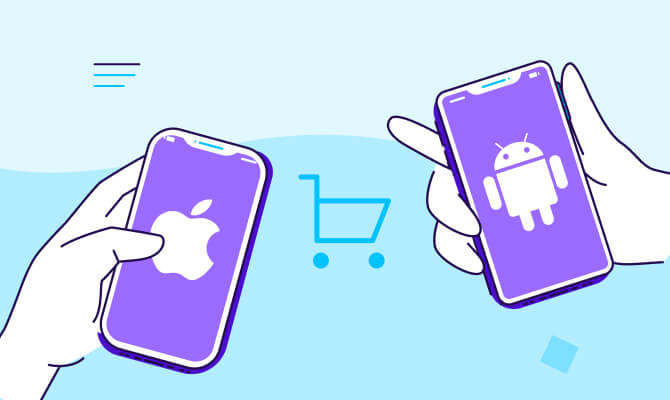
Despite Android claiming 72% of operating system market share, iOS users are known to spend far more per user.
This is largely because Apple devices tend to be more expensive, making them popular with wealthier consumers in developed economies. Apple also benefits from access to the vast Chinese market, where Google Play is banned.
Additionally, Apple’s heightened privacy rules under ATT have made it harder to target mobile advertising, making IAP an attractive revenue stream for developers.
Across both platforms, gaming apps are by far the biggest money-spinner, followed by social media and entertainment.
IAP and engagement metrics
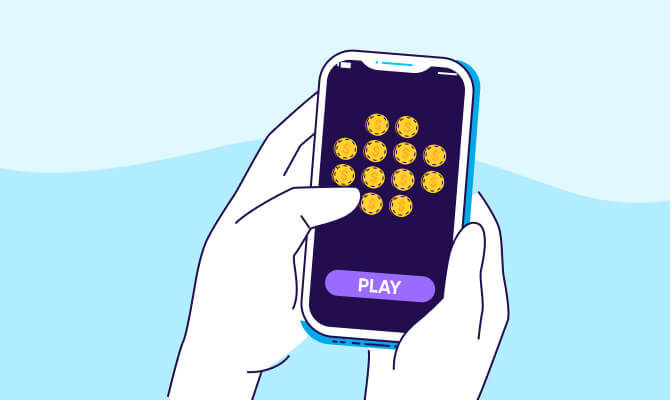
IAPs are directly linked to in-app engagement, so that’s where to focus your measurement efforts.
Think about it: a dating app user who’s swiping, liking, and messaging on a daily basis is highly engaged with the app. Let’s say the app offers a certain number of free swipes — when that engaged user reaches their limit, it’s likely they’ll be open to purchasing more so they can keep connecting with people.
Engaged users are also important if you’re using in-app ads, as every view drives revenue, whether or not it leads to a purchase.
There are a number of metrics you can use to measure engagement with your app and help you optimize revenue:
DAU and MAU
Daily active users and Monthly active users are the number of unique users that engage with your app on a daily or monthly basis. (You’ll need to define the criteria that constitute an active user.)
You can also look at the DAU-MAU stickiness ratio, which is the number of DAU divided by the number of MAU. This helps you understand how well you’re retaining users over an extended period.
ARPDAU
ARPDAU stands for average revenue per daily active user. This helps you understand how your users react to different campaigns or creatives and the effect on your daily revenues.
If they engage positively with a particular campaign, you may see a spike in revenues, which can guide future campaigns. Conversely, if engagement and revenues drop one day, you can investigate what went wrong and optimize for improvement.
Average session length
Average session length helps you understand how engaging your app is. The longer the session, the more engaged the user, and the more potential there is for them to progress to a purchase.
Retention rates
User retention helps to measure loyalty over the long term. For example, a user may install a hyper-casual game and play incessantly for a week, but then churn. Compare this to a user who plays every few days, but for a year: that player is more engaged, and more likely to make a purchase over their lifetime as a user.
Dive deeper: If you want to up your measurement game, check out our app marketing metrics guide.
In-app purchase fraud
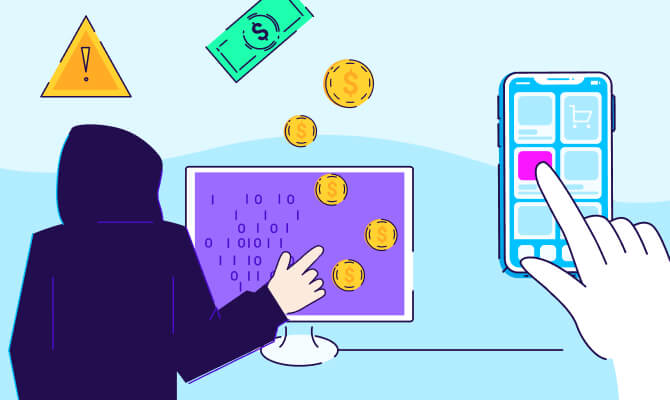
Unfortunately, where there’s money, there are fraudsters. IAP is no exception, so you need to keep your eye on the ball as a developer — even after the purchase is made.
For example, scammers can make purchases using stolen ID and credit card details. Alternatively, they may fake payments, or even modify your app to grab paid content for free.
Cost per action (CPA) campaigns (where the advertiser pays every time a purchase results from a particular action, like clicking on an ad) are vulnerable to fraud, as they can generate attractively high revenues.
Subscription events (for example on entertainment apps) and gaming apps (particularly in the social casino and hardcore genres) can also be lucrative for fraudsters.
How to fight IAP fraud
Safeguarding your app against fraud is vital to protect your revenues and your users.
For example, it’s recommended that you move any sensitive data and logic to your backend, rather than bundling it in your app, so it’s less vulnerable to hacking.
You can also use server-to-server notifications to flag up any suspicious activity. Chargebacks — where a user makes a purchase and then requests to cancel or void it — can be an indication of fraud. There may be a legitimate reason (a purchase made in error), but it can be the result of a scam or hack. Keep your guard up by clearly labeling all transactions and always providing receipts.
How to increase in-app purchase revenue
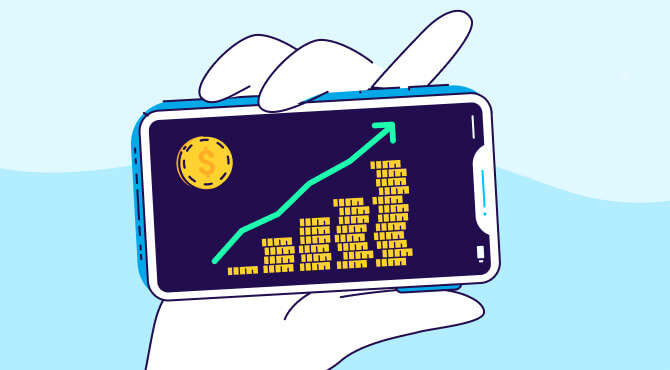
Increasing IAPs should be front and center of your app revenue strategy. Here are a few quick tips to help you maximize the opportunity.
1. Offer rewards to boost engagement
Offering rewards, deals, and discounts can keep users engaged and lead to purchases further down the line. For best results, make sure your offering is timely, relevant, and personalized.
2. Use rich in-app events for deeper insights
Rich in-app events refer to activity such as level achievement, tutorial completion, user invites, and social shares. By showing you more context around the specific action taken, these can help you understand what your users value and shape future marketing activity.
3. Remarket and re-engage
It’s no secret that it’s cheaper to re-engage existing users than to acquire new ones. It’s also easier, as existing users already know and value your brand. When users go quiet, get in touch to remind them of what they’re missing — relevant rewards or offers can go a long way in tempting them back.
4. Personalize the experience
Creating a personalized experience builds trust and makes your users feel valued and engaged — all important purchasing factors. Greet them by name, let them choose avatars and color schemes, and ensure all your messages are tailored to them, whether in app, by email, or via push notification.
5. Nudge at the right time
Delivering customized offers at the right time can give that all important nudge from prospect to conversion. It could be offering customers 10% off in their birthday month, or reminding them to take action on a product they viewed or abandoned in their cart.
6. Focus your efforts…
We mentioned earlier that only a small proportion of users typically make in-app purchases, but that cohort can be extremely valuable. So, be sure to identify what drives these buyers — their pain points and motivations — and ensure your marketing spend is allocated accordingly.
7. …But don’t neglect the freebies
In a freemium world, you’ll always have users who aren’t paying anything… yet! But be careful not to exclude them (for example, by making your free gameplay too limited). If they enjoy a positive experience and can see what else you have to offer, the door is open for them to become paying customers.
Key takeaways
In a world of free app downloads, IAP is a key revenue stream for app developers. Remember that:
- In-app purchases may be consumables, non-consumables, or subscriptions (which may or may not auto-renew).
- Benefits of IAP include boosting revenue (instead of or alongside ads), building engagement, and gaining customer insight. It’s also easy for users. Challenges include a limited user base, determining your offering, and security concerns.
- In-app purchases can be paid for via the app store, directly in-app, or via a third-party platform.
- Android has a higher market share when it comes to devices, but Apple users spend more through IAP.
- Engaged app users are more invested, so more likely to make a purchase if offered the right deal at the right time. This means you should measure engagement metrics like DAU/MAU, ARPDAU, session length, and retention.
- IAP fraud can happen when scammers make fraudulent purchases or hack into apps. It’s important to keep sensitive data separate from your app and continually monitor and record transactions.
To increase your IAP revenue, focus your efforts on the customers most likely to spend. Offer them a personalized and smooth in-app experience, with loyalty rewards and timely, customized offers to boost engagement.

